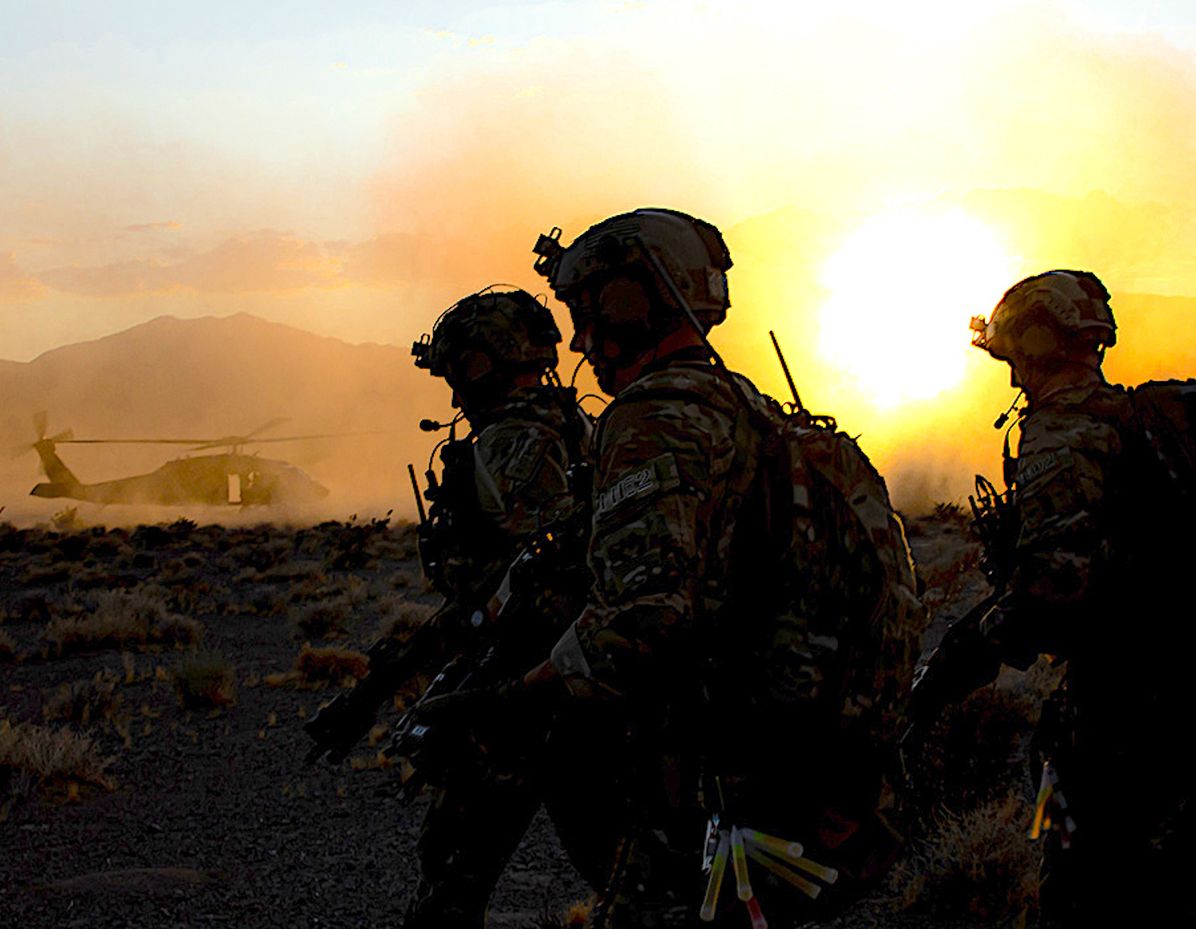
U.S. Special Operations Forces are positioned to do more than just the high-risk, high-profile counterterrorism missions of the post-9/11 era.
With a focus on their Cold War-era roots, America’s elite units also could be the key to preventing a war between the U.S. and its chief adversaries, China and Russia.
That was the case made by Stu Bradin, CEO of the Global Special Operations Forces Foundation.
A retired Army Special Forces colonel with more than three decades of experience and tours all over the world, Mr. Bradin said in an exclusive interview with The Washington Times that U.S. special forces — such as the Army Rangers, Green Berets and the highly secretive Delta Force — have been on the front lines of great power competition throughout history.
Their role, he said, is more vital than ever, given the vulnerability that traditional ground formations of troops face in today’s era of hypersonic weapons, long-range artillery fire, drone swarms and electronic warfare.
“I believe that we’re spending hundreds of billions of dollars on legacy items that will not survive modern warfare,” Mr. Bradin said on The Times’ Threat Status weekly podcast. “We have a force that cannot deploy. And once it’s deployed, it cannot be employed. It can be detected. If you mass a force anywhere in this world, you will get annihilated. You will be absolutely annihilated.
“Nowadays, with long-range fires, the distances they can impact you … all of this has changed. I believe you’re in a stage of irregular warfare, where SOF, cyber, intelligence, information and commerce/economics are the five big things that will stop a major theater operation. And so I think SOF … [is] in a position to prevent a major theater war versus allowing it. If you stop someone from massing, the probability of there being a major war is very low.”
Mr. Bradin’s Global Special Operations Forces Foundation is the organizer of next week’s SOF Week convention in Tampa, Florida, one of the largest gatherings of elite military units from all over the world and of the leading defense contractors researching, developing and manufacturing the tools that special forces need.
The conference comes as the American military rapidly evolves, with the future roles of SOF expected to be among the key topics during the convention programming and in the high-level, behind-the-scenes discussions in Tampa.
The Trump administration is making significant structural changes to the Army and other services, to U.S. force posture in key regions such as the Middle East and Pacific, and is undertaking an ambitious endeavor to reimagine the country’s homeland missile defense system.
All of those efforts come in response to the renewed threats the U.S. faces from its great power rivals, mainly Russia and China. To meet those threats, there’s an expectation that the budgets for SOF units across the military will rise in the coming years as the units form a central component of modern-day American power projection.
Specialists say SOF could play a central role in the broader U.S. military and geopolitical strategy. While those elite SOF units became virtual household names during the War on Terror, with high-profile missions such as the 2011 raid in Pakistan that killed al Qaeda leader Osama bin Laden, analysts are quick to point out that SOF’s roots go much wider. Dating to the most dangerous periods of the Cold War, SOF was often on the front lines of the American fight against communist forces, working on the ground with resistance forces and undertaking other specialized missions across the globe.
Analysts say SOF is uniquely positioned to perform a host of missions crucial to U.S. national security, including counterterrorism raids.
“For the past two decades, USSOF achieved critical operational successes during the global War on Terror, primarily through counterterrorism and direct-action missions. However, peer and near-peer competition now demands a broader application of USSOF’s 12 core activities, with emphasis on seven: special reconnaissance, foreign internal defense, security force assistance, civil affairs operations, military information support operations, unconventional warfare, and direct action,” Clementine G. Starling-Daniels and Theresa Luetkefend, researchers at the Atlantic Council, wrote in a recent analysis.
They argued that SOF should “return to its roots.” In years past, SOF thrived with unconventional warfare support of resistance groups in Europe; support of covert intelligence operations in Eastern Europe, Asia and Latin America; evacuation missions of civilians in Africa; and guerrilla and counterguerrilla operations to combat Soviet influence, they wrote.
The global landscape in some ways has changed since those pre-9/11 days. But Mr. Bradin argues that many of the broad strokes remain the same.
“As far as great power competition, we were all over the world confronting the Chinese, Russians through their surrogates, which is what they mainly use. That is what Special Operations was actually built to do,” Mr. Bradin said. “It’s the same damn actors. You can add in Iran and North Korea now, and those are the big four out there trying to stir stuff up.”












